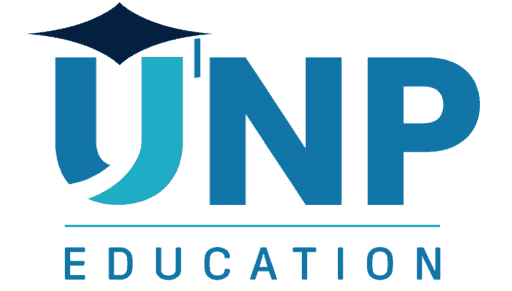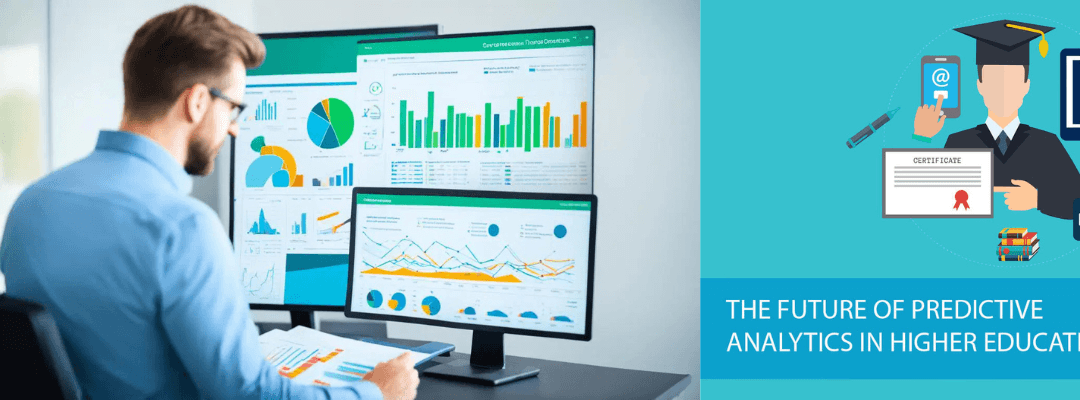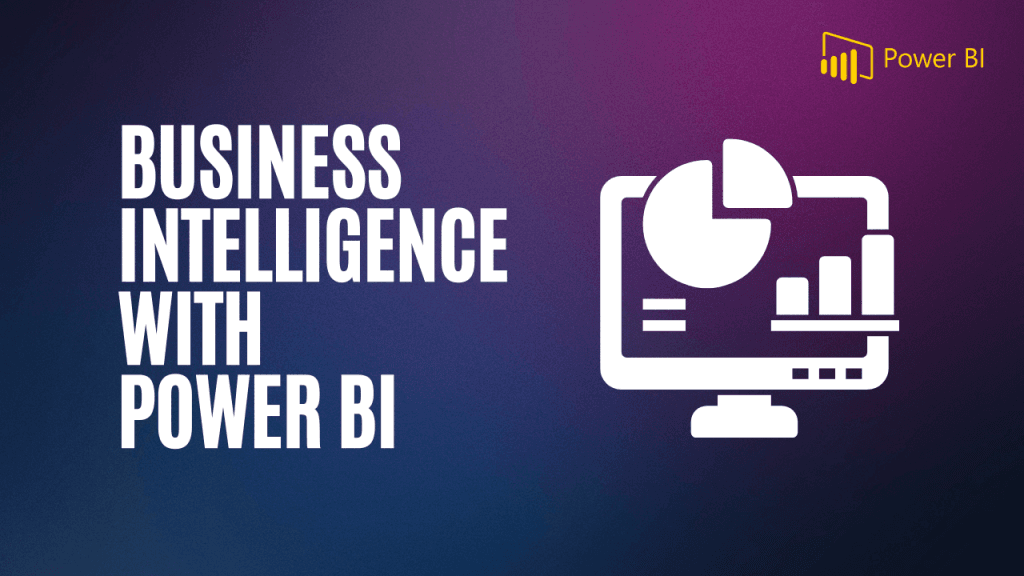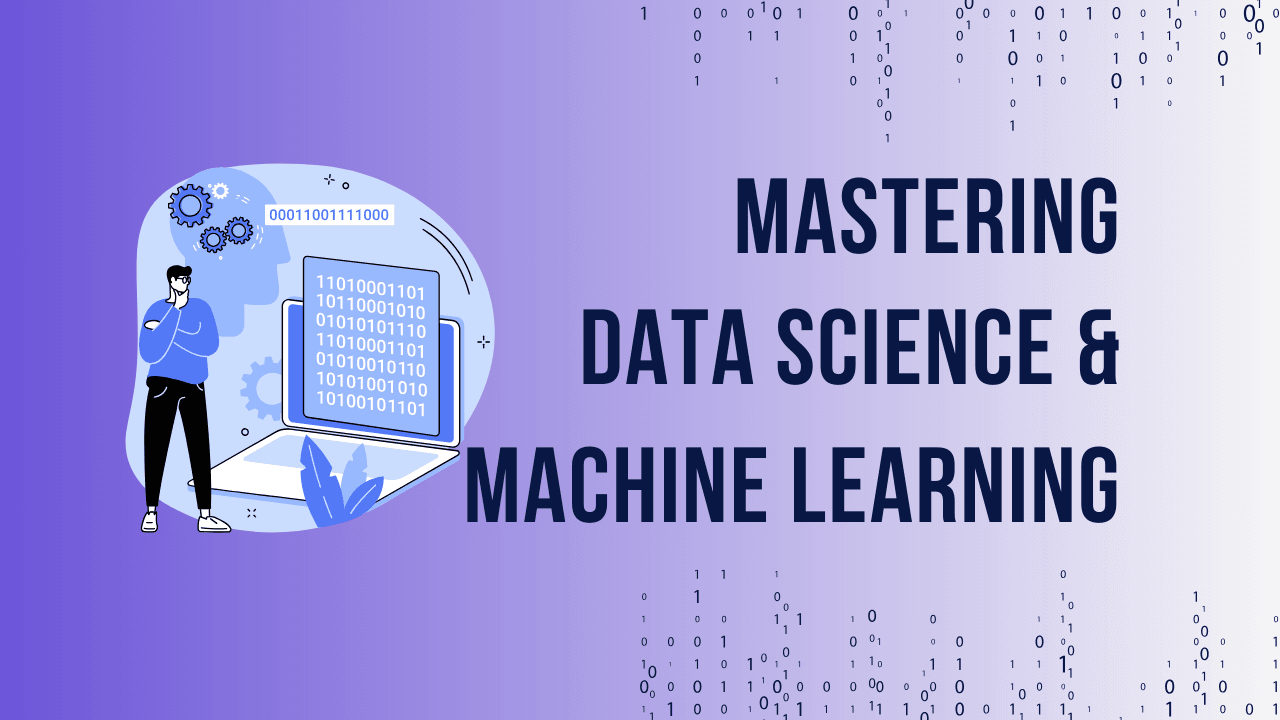1. Introduction to Predictive Analytics in Education
Predictive analytics is transforming education by leveraging data to forecast student performance, engagement, and overall outcomes. Through insights derived from historical and real-time data, educators can anticipate challenges, customize learning experiences, and ensure student success. In a world increasingly driven by data, predictive analytics has become a vital tool for enhancing student outcomes.
Table of Contents
ToggleReady to take your Business Intelligence skills to the next level? Check out our comprehensive Mastering Business Intelligence with Power BI course.
2. Evolution of Data Analytics in the Educational Sector
The evolution of data analytics in education reflects the broader technological advancements that have reshaped industries globally. Initially, educational institutions relied on traditional metrics such as grades and attendance. However, with the advent of predictive analytics, data is now used proactively to forecast trends and make informed decisions. This shift has improved both the academic experience and institutional efficiency.
3. Key Components of Predictive Analytics in Education
At the heart of predictive analytics lies data collection and integration. Schools and universities gather extensive data on student behavior, academic performance, and engagement through digital platforms. Once integrated, this data enables educators to create models that predict academic outcomes, allowing for early intervention when students show signs of struggle.
4. How Predictive Analytics Enhances Student Learning
One of the most impactful aspects of predictive analytics is its ability to identify at-risk students before they fall behind. By analyzing attendance, participation, and performance data, educators can implement personalized strategies to address student needs. Tailored instruction based on data insights has proven to be highly effective in boosting engagement and retention.
5. Predictive Models in Education: How Do They Work?
Predictive models in education use statistical algorithms and machine learning to analyze data patterns. These models assess various student data points—such as grades, participation, and behavioral patterns—to predict future academic performance. Machine learning models, in particular, can improve over time, providing more accurate predictions as they process new data.
6. Role of Data in Improving Student Outcomes
Data insights can play a critical role in improving student outcomes. For example, predictive models can forecast whether a student is on track to graduate or at risk of dropping out. With this knowledge, institutions can intervene early, offering support services that help students stay on the path to success.
7. Impact of Predictive Analytics on Curriculum Design
Curriculum design is another area where predictive analytics is making a difference. Educators can use data to assess which teaching methods work best for different student groups, and then adjust the curriculum accordingly. Data-driven instructional design allows for a more personalized approach, ensuring that students receive the resources they need to succeed.
8. Predictive Analytics for Improving Student Engagement
Engagement is a critical factor in student success. Predictive analytics helps educators identify patterns in student behavior, enabling them to implement early warning systems for disengaged students. By predicting behavioral trends, teachers and administrators can take proactive steps to re-engage students, ensuring better academic outcomes.
Ready to take your Business Intelligence skills to the next level? Check out our comprehensive Mastering Business Intelligence with Power BI course.
9. Challenges and Risks of Using Predictive Analytics in Education
While predictive analytics offers many benefits, there are challenges and risks associated with its use. One of the primary concerns is data privacy. Educational institutions must ensure that student data is protected and used ethically. Misinterpreting data can also lead to incorrect assumptions, potentially harming student outcomes.
10. Case Studies: Success Stories in Educational Institutions
Many educational institutions have successfully implemented predictive analytics to improve student outcomes. For example, universities using predictive models have seen increased graduation rates and lower dropout rates. K-12 schools have also benefited, using data insights to enhance student engagement and academic performance.
11. The Future of Predictive Analytics in Education
The future of predictive analytics in education looks promising, with emerging trends such as artificial intelligence (AI) further enhancing data insights. AI can automate the analysis of large datasets, providing real-time feedback to educators. As AI becomes more integrated into educational tools, we can expect even more personalized and effective learning experiences.
12. Ethical Considerations in Predictive Analytics
The use of predictive analytics in education raises important ethical questions. How can institutions ensure that data is used responsibly? What safeguards are in place to protect student privacy? It’s essential to balance the benefits of data use with respect for student rights, ensuring that ethical guidelines are followed.
13. Tools and Platforms for Predictive Analytics in Education
Several platforms and tools are available to help educational institutions implement predictive analytics. Leading platforms like PowerSchool and Blackboard offer data-driven solutions for improving student outcomes. These software tools provide educators with the insights they need to make informed decisions.
14. How Educational Institutions Can Implement Predictive Analytics
To successfully implement predictive analytics, institutions must follow best practices, such as starting with small pilot programs before scaling across the entire organization. It’s also essential to ensure that teachers and administrators are trained in using data effectively. Proper implementation can lead to widespread improvements in student success rates.
15. Conclusion: The Impact of Data on Future Education
Predictive analytics has the potential to revolutionize education, offering long-term benefits for students and institutions alike. By using data insights to predict student outcomes and tailor instruction, educators can create more personalized learning environments that foster student success. As more institutions adopt predictive analytics, the future of education looks increasingly data-driven and student-centered.
FAQ
What is predictive analytics in education? Predictive analytics in education involves using data to forecast student outcomes and make informed decisions to enhance learning.
How does predictive analytics help students? It helps identify at-risk students, tailor instruction, and improve engagement, leading to better academic performance.
What tools are used in predictive analytics for education? Platforms like PowerSchool and Blackboard are popular tools that offer data insights for educational institutions.
What are the challenges of predictive analytics in education? The main challenges include ensuring data privacy, ethical concerns, and the risk of misinterpreting data.
Can predictive analytics prevent student dropouts? Yes, predictive analytics can forecast which students are at risk of dropping out and allow institutions to intervene early.
What is the future of predictive analytics in education? The future involves more AI integration, allowing for even more accurate predictions and personalized learning experiences.
Our Students Testimonials:
Ready to take your Business Intelligence skills to the next level? Check out our comprehensive Mastering Business Intelligence with Power BI course.



